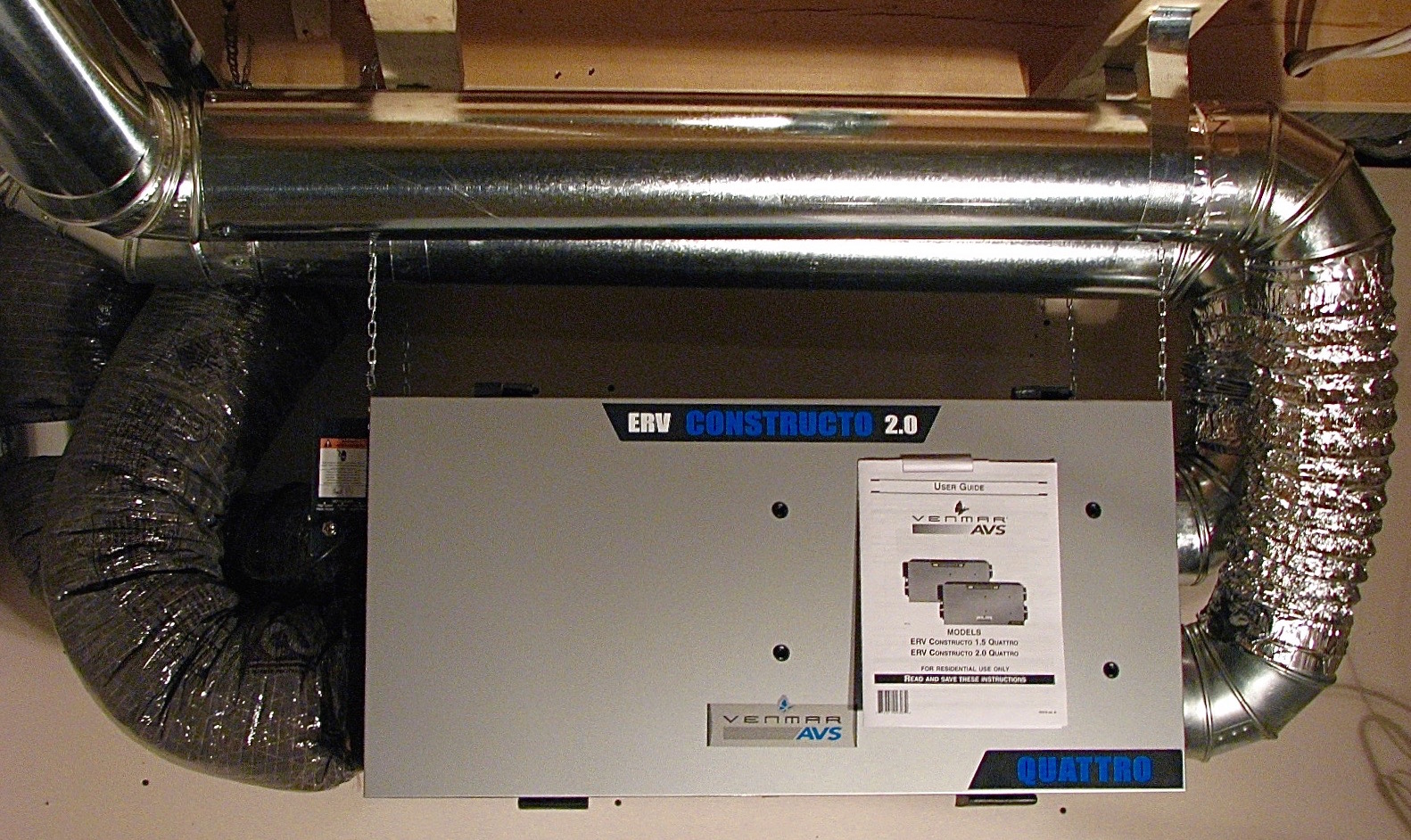The All-Inclusive Overview to the Uses of Heat Recovery Ventilation in Modern Structures
Heat Recovery Ventilation (HRV) systems stand for a substantial innovation in building modern technology (HRV Heat Recovery Ventilation). They give a technique for trading stagnant indoor air with fresh outdoor air while decreasing energy loss. This strategy not only improves indoor air top quality however also adds to energy performance in both domestic and commercial buildings. Recognizing the different applications and advantages of HRV can reveal its vital role in modern-day design and sustainability efforts. The effects of this technology deserve exploring additionally
Understanding Heat Recovery Ventilation Equipments

Numerous modern-day structures prioritize energy performance, understanding warm healing air flow (HRV) systems is essential for optimizing indoor air high quality and minimizing power usage. HRV systems function by transferring heat from stale interior air to inbound fresh air, effectively keeping comfortable indoor temperatures while reducing power loss. These systems include a warmth exchanger, followers, and ductwork that promote the blood circulation of air. During winter, HRV units capture and recycle warmth from the outward bound air, while in summer season, they can aid cool down inbound air. By continuously trading air, HRV systems likewise minimize humidity and the concentration of indoor contaminants. Proper installation and maintenance of HRV systems are important for their efficiency and effectiveness in enhancing total structure efficiency and convenience.
Benefits of Heat Recovery Ventilation
Heat recovery ventilation systems supply numerous benefits that enhance both power performance and indoor air high quality in contemporary buildings. By capturing and recycling power from exhaust air, these systems greatly minimize heating & cooling prices, causing lower power usage. They keep a consistent circulation of fresh exterior air, reducing the threat of indoor air contaminants and allergens. This continuous exchange assists control humidity levels, avoiding mold growth and ensuring a much healthier living environment. In addition, HRV systems contribute to sustainability objectives by decreasing total carbon footprints. Their capacity to enhance air flow without sacrificing thermal convenience makes them an important enhancement to contemporary structure style, promoting both economic and environmental advantages.
Applications of HRV in Residential Buildings
As house owners progressively focus on energy efficiency and indoor air high quality, the applications of heat healing air flow (HRV) systems in domestic buildings have actually become much more widespread. HRV systems are particularly helpful in tightly sealed homes, where preserving try here fresh air blood circulation is important for protecting against moisture accumulation and interior toxins. They effectively transfer warm from outward bound stagnant air to inbound fresh air, reducing power expenses connected with heating & cooling. Additionally, HRVs can enhance comfort levels by controling humidity and temperature level. They are additionally versatile for various residential designs, including single-family homes and multi-unit buildings. In general, integrating HRV systems supports sustainable living methods while making sure a much healthier interior setting for owners.
HRV in Industrial and Industrial Settings
In commercial and industrial settings, the execution of warmth recuperation air flow (HRV) systems has actually ended up being increasingly critical for optimizing energy efficiency and maintaining air top quality. These systems successfully move warm from exhaust air to incoming fresh air, minimizing the demand for added home heating or air conditioning. This not just reduces power expenses however likewise contributes to sustainability initiatives. Industries such as manufacturing, warehousing, and workplace structures benefit greatly from HRV systems, as they aid manage temperature and moisture levels, ensuring a comfortable review and effective environment. HRV systems help in getting rid of pollutants and excess wetness, improving indoor air high quality. As policies around air high quality become more stringent, the fostering of HRV technology is most likely to expand, making it a crucial part of contemporary commercial and commercial infrastructure.
Future Patterns in Heat Recovery Ventilation Technology

Frequently Asked Questions
How Does Heat Recovery Ventilation Impact Indoor Air High Quality?
Heat recovery ventilation greatly boosts interior air top quality by continuously exchanging stale interior air with fresh outside air while recouping power. This procedure lowers toxins, keeps optimal humidity degrees, and guarantees a healthier atmosphere for residents.
Can HRV Equipments Be Mounted in Existing Structures?
HRV read more systems can indeed be installed in existing buildings. Retrofitting may require modifications to ductwork and ventilation formats, but it significantly enhances power efficiency and interior air top quality, making it a viable option for older frameworks.
What Upkeep Is Needed for HRV Equipments?

Are There Certain Climates Where HRV Is A Lot More Reliable?
Heat recovery ventilation systems are particularly reliable in climates with substantial temperature distinctions between periods. These systems maximize power effectiveness by recouping warm from exhaust air, making them perfect for both cool and reasonably cozy atmospheres.
How Do HRV Equipments Affect Energy Costs?
